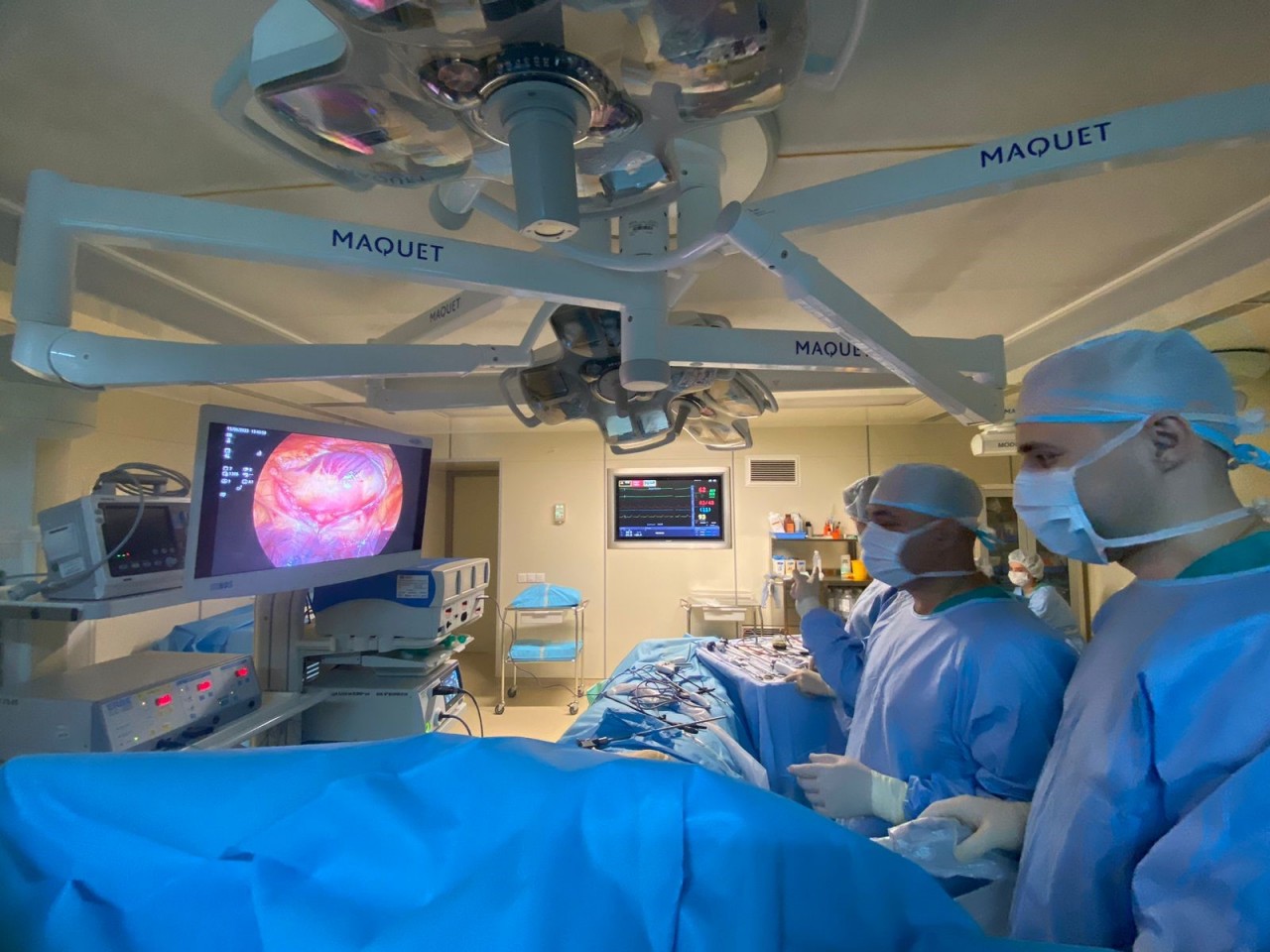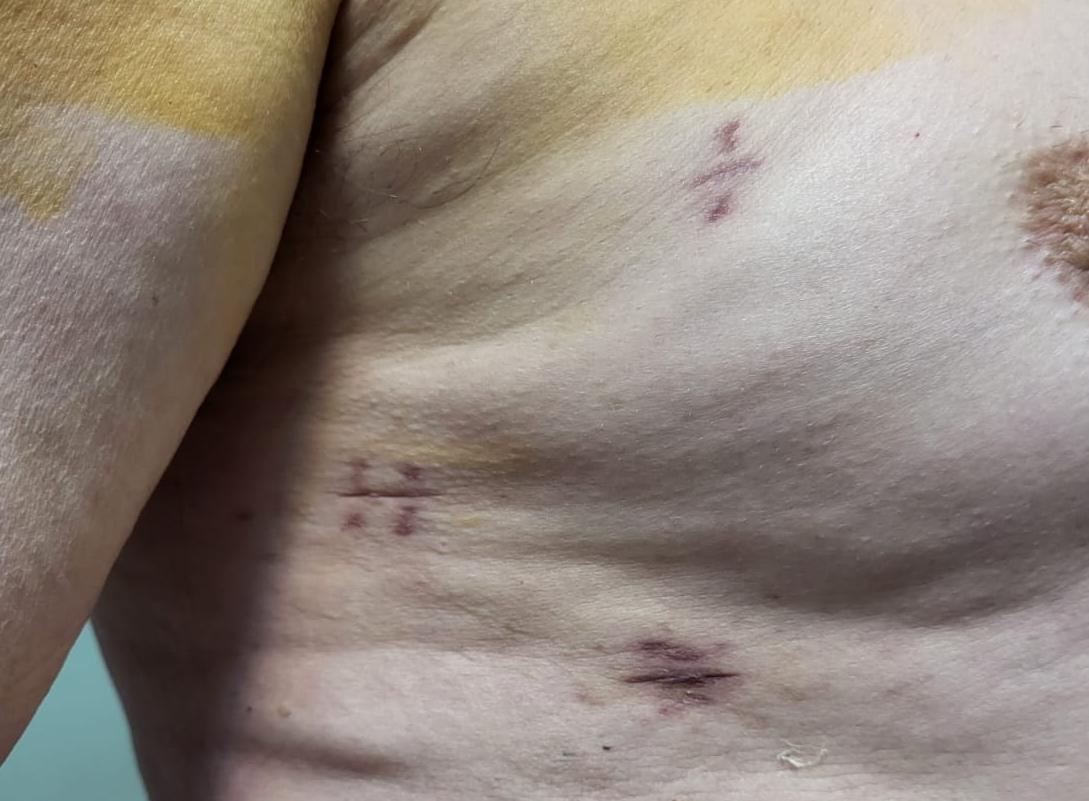
The Almazov Centre treats patients with complex forms of cardiac arrhythmia. One of the minimally invasive treatments for atrial fibrillation is thoracoscopic radiofrequency ablation.
Atrial fibrillation, often called AFib or AF, is the most common type of treated heart arrhythmia. It is characterized by uncoordinated electrical activity in the atria, resulting in their ineffective contraction. AF is often caused by co-morbid conditions such as arterial hypertension, diabetes mellitus, congestive heart failure, coronary artery disease, valvular heart disease, chronic kidney disease, obesity and obstructive sleep apnea. Modifiable risk factors (those that can be reduced or controlled) also contribute significantly to the progression of the disease. This arrhythmia is often associated with severe symptoms and can lead to cardioembolic stroke (30% of all ischemic strokes), heart failure (up to 30% of patients with atrial fibrillation), depression, reduced quality of life and frequent hospitalizations.
Thoracoscopic ablation is recommended for patients with symptomatic paroxysmal or persistent AF who have not responded to antiarrhythmic therapy and who have failed one or more catheter ablation procedures. According to the experts, this surgical treatment should also be prescribed for patients with risk factors for recurrence (arrhythmia duration of several years, enlarged left atrium), i.e. with a high risk of failure of catheter ablation.
«The procedure is performed under general anaesthesia. Through centimetre incisions on the chest, using an endovideo camera and a number of endoscopic instruments, radiofrequency ablation of the pulmonary veins and the posterior wall of the left atrium is performed without cardiac arrest, which makes it possible to restore and maintain normal sinus rhythm with high efficiency in more than 90% of cases,» comments Dr. Artur Baghdasaryan, cardiovascular surgeon at the Department of Cardiovascular Surgery.
The average hospital stay after the procedure is 3-5 days. At the time of discharge, the patient is fully active and no specific rehabilitation is required.
However, it should be noted that there are absolute contraindications to thoracoscopic ablation of AF, including: a history of cardiac surgery, a thrombus in the left atrium, including the left atrial appendage, age over 80 years, malignant tumours, severe heart failure. Relative contraindications include III degree obesity, history of lung surgery, chronic obstructive pulmonary disease, diaphragmatic relaxation.
Today, it is becoming increasingly important to perform a hybrid procedure, where thoracoscopic ablation is complemented by the use of catheter technologies, where the above methods complement each other equally for increased effectiveness. These procedures can be performed simultaneously in one procedure or sequentially. Evaluation of heart rate after the hybrid procedure in patients with persistent and long-term persistent atrial fibrillation has shown that the hybrid procedure achieves a significantly higher degree of freedom from atrial arrhythmias after 12 months or more. Performing the second, catheter-based stage of the hybrid procedure only in patients with recurrent AF or atrial flutter can significantly increase the chances of a cure.

